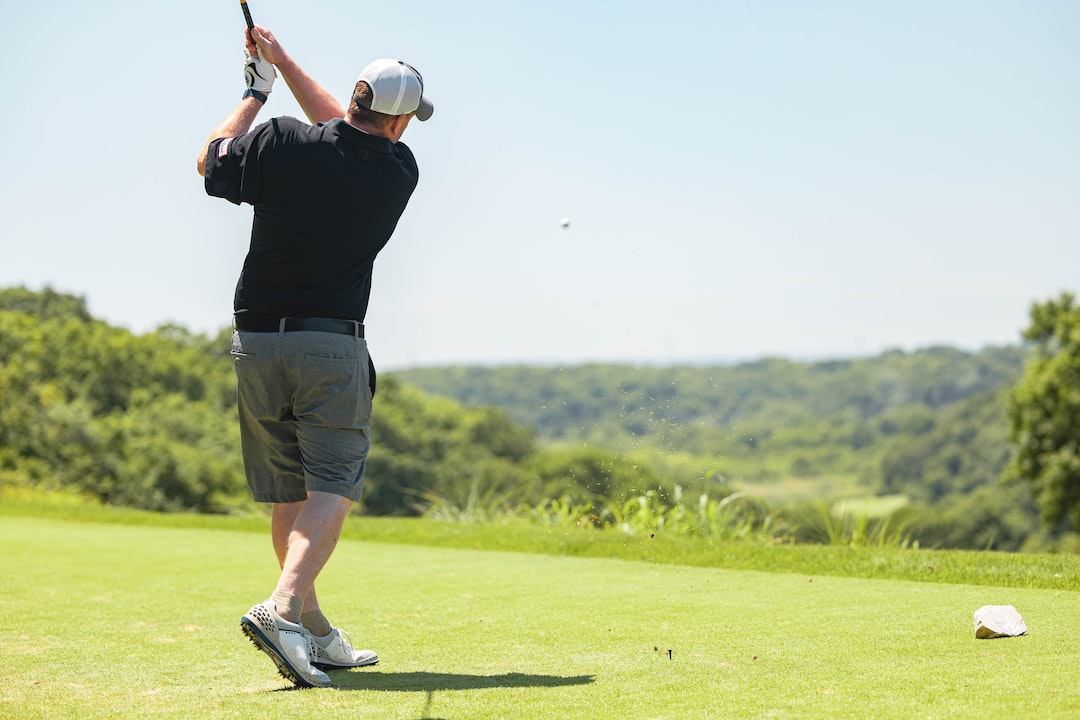
What Is the Difference Between a Draw and Fade?
Over 101 million Americans engaged in golf-related activities in 2020. However, as they are not 101 million pro golfers in America, it's safe to assume that not all of these players are playing the game seriously. As golf is a sport that can easily be played casually or competitively, that's perfectly fine.
Still, if you want to play your game more competitively, there are plenty of golf tips you can use to improve your game. This article can help you get started on learning these. Read on to learn about the draw and fade techniques.
What Are the Draw and Fade Techniques?
The draw and fade techniques are both forms of 'shot shaping'. These are ways in which more competitive golfers will try to control the trajectory of a golf ball after they hit them. In contrast, more casual players may just hit the ball without any purposeful positioning of their hands and/or clubs.
Both draw and fade ball shots travel slightly to the side. Then they move back towards the middle. Their final landing position is usually on either side of the space, directly across the golf course from where the golfer is standing.
The main difference between the draw and fade techniques is the direction the ball flies. With a draw shot, the golf ball will fly to the right and then to the left. A fade shot travels from the left to the right.
This is at least how a right-handed golfer will shoot a draw and fade across the golf course. For a left-handed golfer, a draw shot travels from the left to the right; a fade from the right to the left.
What Are the Benefits of Draws and Fades?
Despite the similarity between the two shots, they have separate benefits.
When a golfer hits a draw shot, his or her ball usually flies farther. This is because draw shots fly with less backspin and a lower trajectory. They also roll out for much longer than a fade or slice.
A fade shot, on the other hand, has a high trajectory and more backspin. This causes it to travel a shorter distance. It's great for golfers who are having trouble hitting their golf balls too far.
Still, the best way to gain the most from these benefits is to know when to use either. If you take golf lessons, an instructor can help you learn which shot shape is ideal for certain situations.
During Which Situations Should I Use Draws and Fades?
Here are some examples of when you should use a draw or fade shot.
Some fairways have a noticeable bend (known as a dogleg) to the right or left. In these situations, a casual player may try to hit the ball at a straight diagonal angle. This can work, but there's a big risk of the ball landing outside the fairway.
By hitting a draw or fade, the ball will travel around the dogleg and remain within the fairway. As a bonus, even if your draw or fade fails, your ball will still likely wind up in the green.
In other situations, the hole will sit to the left or right. Curving the ball can cause it to land closer to the hole. In addition, if there's a hazard between the starting tee and the hole, a draw or fade can easily fly over it.
How Can I Easily Hit a Fade?
Golf pros have a variety of techniques that they use to hit fades. This article will cover the easiest one.
First, you need to find your target. Usually, this is the hole, but it doesn't have to be. Put your tee down and the ball on top of it.
As you prepare to hit the ball, position the face of your golf club so that it's aiming slightly to the left. Your hips, feet, and shoulders should be at an angle that aims more to the left than your club face. Your right foot, hip, and shoulder should be a bit farther forward than your left foot, hip, and shoulder.
When you're ready to hit the ball, aim the shape of your swing to that of your body. That is, move the club along the line that the tips of your toes make.
How Can I Easily Hit a Draw?
The easy method for hitting a draw is similar to the method for hitting a fade. The difference is the positioning of the club face and your feet, hips, and shoulders.
The face of your club should aim slightly toward the right of your target instead of the left. Your feet, hips, and shoulders should sit at a farther right angle than the face of your golf club. This means your left foot, shoulder, and hip should be farther forward than your right foot, shoulder, and hip.
As with the fade shot technique, you then move the club along the line that the tips of your toes make. The difference is that this shot should go toward the right.
Improve Your Golf Technique Further With Our Classes
Ideally, you should practice these draw and fade techniques on your own time on top of any golf games that you play. You can keep track of how quickly you're able to get the ball to the hole and where the balls land. If you're patient and spend enough time working at it, you should see your game improve.
You can also improve your game further with golf classes. If you're around Orange Park, Florida, consider dropping by our Eagle Harbor golf course for some of our classes. Call our team or request to book a lesson on this page.

